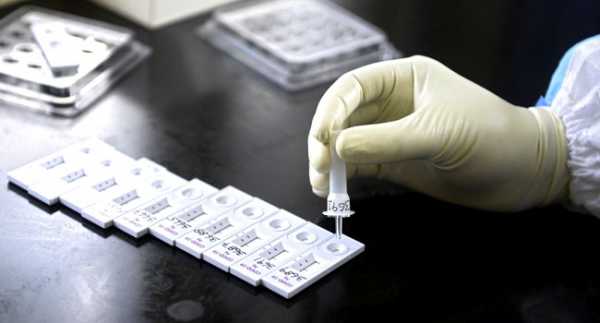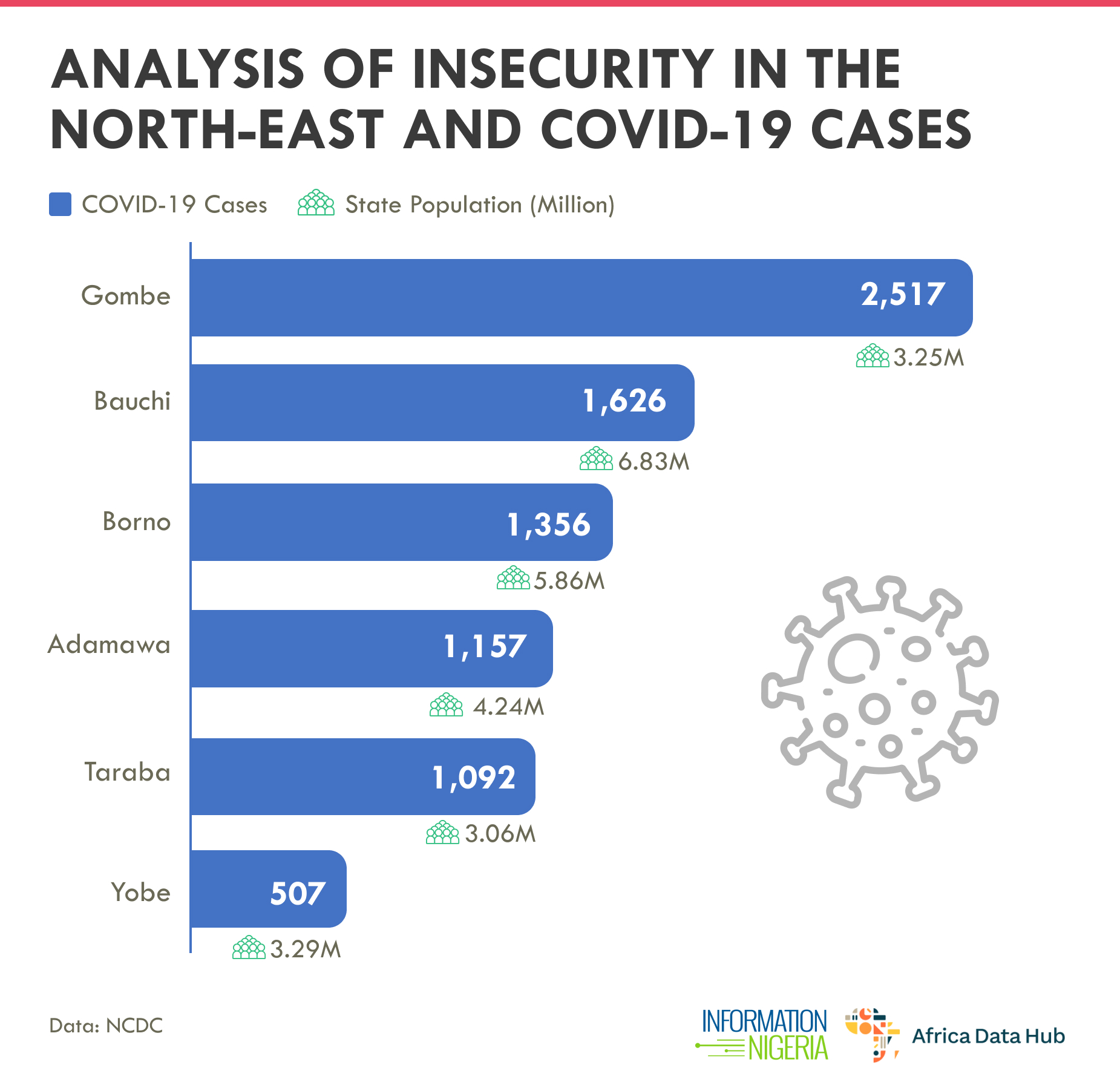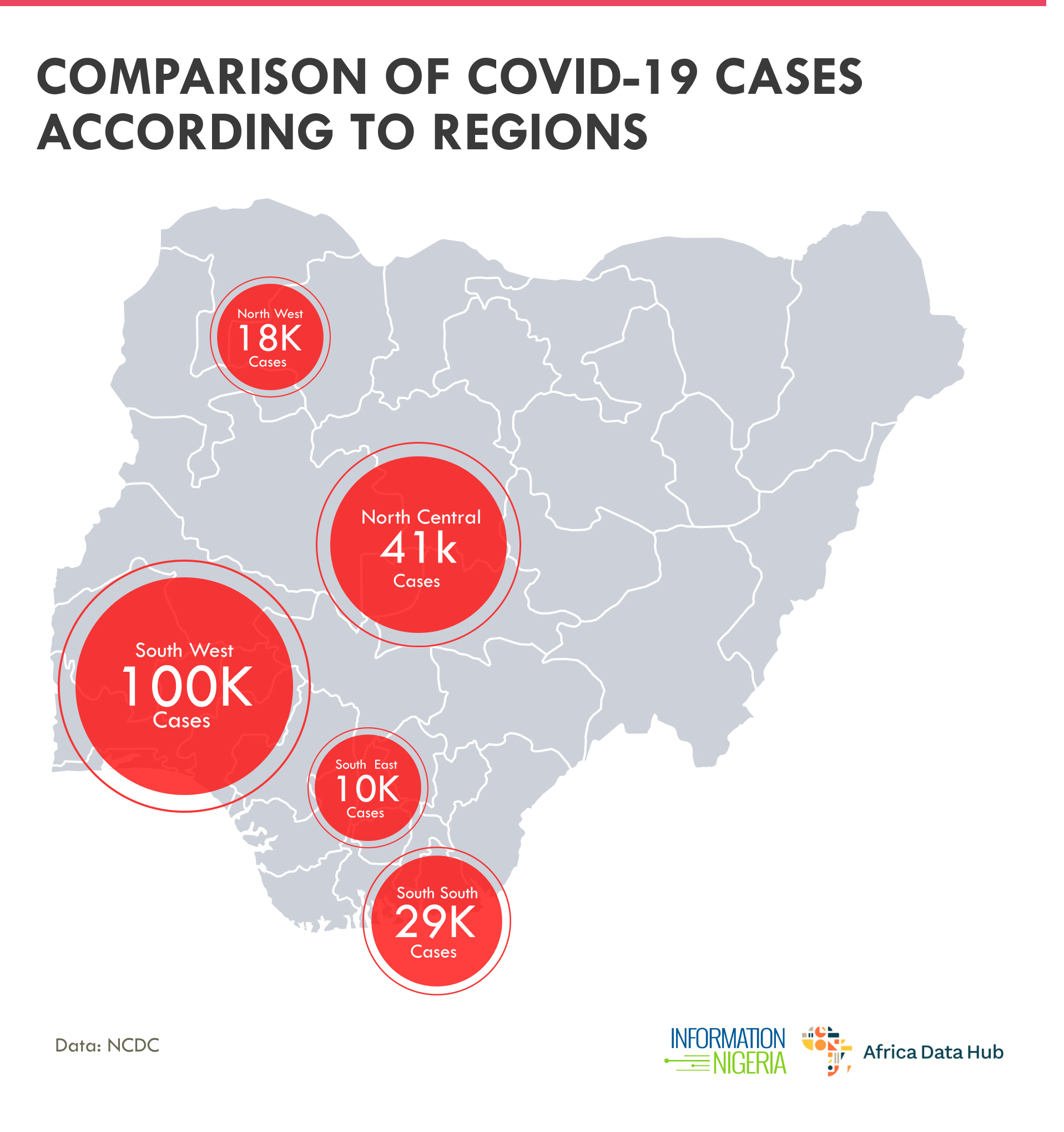
Insecurity has been a serious concern for Nigeria in recent years, and despite the government’s best efforts, the trend has continued. During this difficult moment in Nigeria’s history, the COVID-19 epidemic broke out, which has endured to this day.
Citizens have been displaced within the country due to insecurity, making them internally displaced persons. According to the United Nations High Commissioner for Refugees, there are over 2.9 million displaced persons in Nigeria. The agency stated that the Nigerian refugee crisis will be in its sixth year in 2021.
According to the International Data Monitoring Centre (IDMC), as of December 2020, approximately 2.8 million persons were displaced in Nigeria, with 2.7 million being as a result of the conflict which includes banditry, terrorism, and communal clashes, while approximately 140 thousand persons are displaced as a result of natural disasters.
Nigeria’s North-Eastern region has been the hardest hit by the country’s security difficulties, with six states responsible for a total of 2,184,254 internally displaced persons (IDPs) as of February 2021, according to the International Organization for Migration (IOM).
As a result of the displacement, enormous numbers of refugee camps have been established in the afflicted states, resulting in a swarm of people. To assess how insecurity has affected the spread of COVID-19 in Nigeria, a critical evaluation of COVID-19 in the afflicted states is required.
Analysis of Insecurity in the North-East and COVID-19 Cases

Adamawa is ranked 28th on the list of states, with 1,157 reported cases of COVID-19. When compared to the state’s population, this represents 0.027 percent of the state’s total population of 4,248,436 people. Bauchi, which is ranked 25th on the COVID-19 list, is the next state on the list to be reviewed. The state has 1626 instances, or 0.0237 percent of the total of 6,834,314 people. Borno is ranked 26th on the COVID-19 list, with 1356 cases, or 0.023 percent of the state’s population of 5,860,183. Gombe is ranked 16th, with 2517 cases, or 0.077 percent of the population of 3,256,962. Taraba is ranked 29th, with 1092 cases, representing 0.035 percent of the population of 3,066,834. Yobe is ranked 34th on the list, with 502 cases, approximately 0.015 percent of the population of 3,294,137.
The sum of all the COVID cases in the region amounts to 8250 representing approximately 4% of the cases in Nigeria.
Comparison of COVID-19 Cases According to Regions

With less than 10% of COVID-19 cases being recorded in the region hit hardest by insecurity, it is necessary to examine cases recorded in other regions.
In recent months, the North-Western region has also seen considerable instability as a result of banditry and sectarian confrontations. The 7 states in the region account for 18411 cases, or about 9% of all cases in the country, while the comparatively South-West accounts for 100448 cases, or about 48% of all cases. The South-East, which has seen severe security breaches in recent weeks, has documented 10367 COVID cases, accounting for around 5% of all cases reported. With 41227 cases, the North Central accounts for 20% of all cases. The South-South, which has likewise been relatively calm in recent years, accounted for 29226 of the country’s COVID-19 cases, or 14%.
Conclusion
From the foregoing, it can be concluded that, while insecurity is a prevailing trend in the country, it has not resulted in a major increase in the number of COVID cases in the most seriously impacted areas. However, it is worthy to point out that the data from some states such as Kogi and Cross River, where the governors blocked testing for COVID-19 cases for a long time are relatively low, thus impacting the percentage of their regions. It is also important to state here that, indeed some states have IDP camps, however, the source of the cases recorded are unclear and not linked to the camps.

